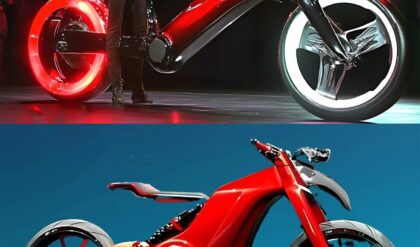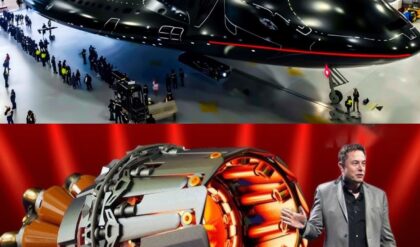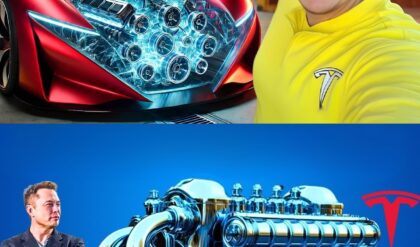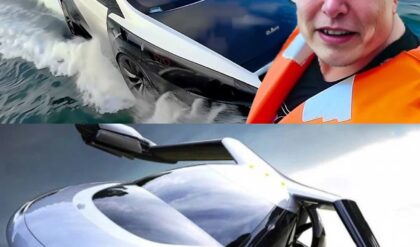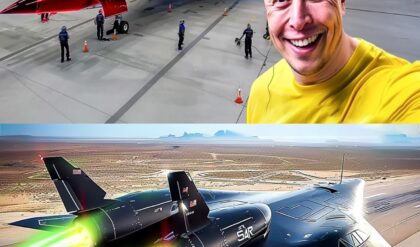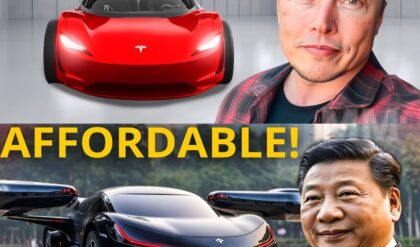The battle between Toyota and Tesla is not limited to cars, but also centers on the future of transportation. While Tesla leads the electric vehicle (EV) sector, Toyota is doubling down on hydroelectric technology. But will Toyota’s hydroelectric vehicles topple Tesla’s electric empire or is there scope for both technologies to thrive? Let’s delve deeper into this heated rivalry.
Toyota’s bold bet on hydrogen

In October 2019, Toyota unveiled the second-generation Mirai, a hydrogen-powered fuel cell car. More than just a stylish vehicle, it was a bold statement: Toyota was ready to challenge Tesla’s EV dominance.
Unlike traditional combustion systems, hydrogen fuel cell cars emit only water vapor, making them an environmentally friendly alternative. In addition, hydrogen fuel cell cars refuel within minutes, offering coverage that electric vehicles (with charging times ranging from 30 minutes to hours) cannot yet match. However, hydrogen fuel cell cars face significant hurdles, such as limited refueling infrastructure and issues related to hydrogen’s flammability.
Toyota isn’t stopping at fuel cells. It has introduced hydrogen-powered internal combustion electric vehicles, which combine the mechanics of traditional EVs with the futuristic fuel. These vehicles, proven in racing cars like the GR Corolla H2, promise thrilling performance and clean emissions. However, challenges remain in producing and storing hydrogen, which is expensive and complex.
Tesla’s electric empire
Eloi Musk’s Tesla has revolutionized the automotive industry with its sleek, high-performance electric vehicles. Tesla vehicles are powered by advanced lithium-ion batteries, which boast impressive efficiency and zero tailpipe emissions. With extensive infrastructure like Tesla’s Supercharger network and high-tech battery technology, Tesla remains the gold standard for electric vehicles.
That said, electric vehicles do have limitations. Charging times and anxiety about overcharging are risk factors for consumers, especially for short trips. While Tesla has made progress in solving these problems, challenges remain such as higher start-up costs and the reliability of renewable energy sources for charging.

The epiviromental dilemma
Both technologies aim to reduce carbon emissions, but the methods differ. Electric vehicles are only as efficient as the energy used to charge them, and much of the power grid still relies on fossil fuels. Similarly, the environmental benefits of hydropower depend on how it is produced. Most current hydropower comes from natural gas, which emits CO2 in the process. Cleaner methods, such as renewable-powered electrolysis, are promising but not yet widespread.
Infrastructure: The chick and the egg problem
Both hydroelectric and electric vehicles face infrastructure challenges. Tesla has the advantage, with its expanding global network of Superchargers easing the transition to EVs. Meanwhile, hydroelectrics suffer from a severe lack of refueling stations, a barrier Toyota is actively working to address with significant investments. However, creating a global hydroelectric refueling network will take time and resources.
Complementary futures?
Despite their rivalry, hydroelectric and electric technologies can complement each other. Electric vehicles excel in urban environments, while hydroelectrics’ fast recharging and high energy density make them ideal for heavy-duty and long-distance transport. Toyota’s hydrocarbon-powered trucks and buses highlight this potential.
What awaits us?
Toyota and Tesla are pursuing different visions for a sustainable future. Tesla’s dominant bet on electric vehicles is unrivaled, but Toyota’s long-term commitment to hydroelectricity suggests a broader strategy for addressing diverse transportation needs. Both companies are pushing the boundaries of innovation, paving the way for a greener future.
Can hydrogen challenge Tesla’s electric empire, or can the two technologies coexist, each serving users? One thing is certain: this competition is driving transformative change in the automotive industry.
What do you think? Will Toyota’s hydroelectric dream power the future or will Tesla’s electric revolution reign supreme?

